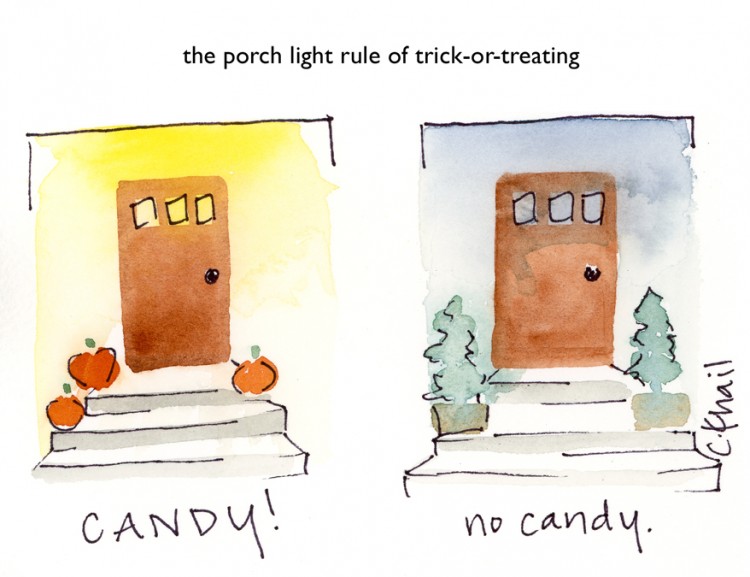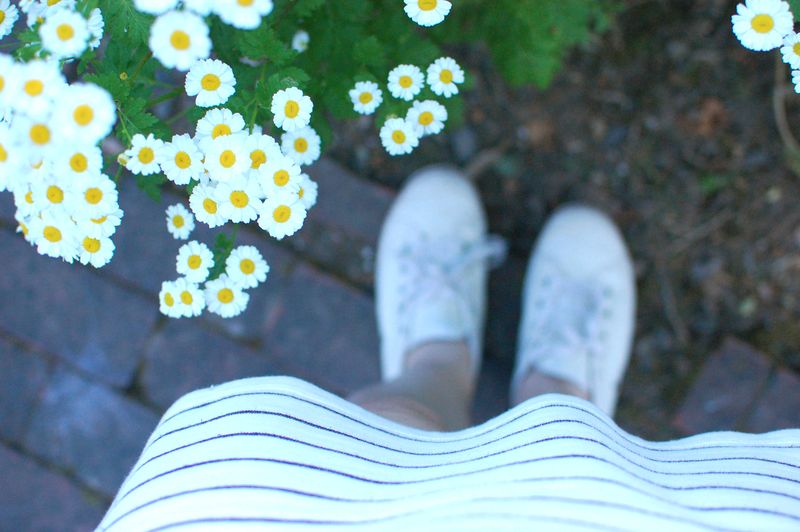I think I first started using a sketchbook when I was around 8 or 9 years old. I vividly remember sitting in my grandmother’s kitchen, looking out over the St. Johns River, eating fresh cut oranges, and sketching trees. I had pages upon pages of leaves, trees, and silhouettes of the human form. (The last most likely from a “how to draw the body” art book since I hadn’t yet taken a figure drawing class.)
In high school, I filled sketchbooks with more ideas, thoughts, and the occasional angsty teenage song lyrics. Plus some Dave Matthews because, well, I started high school in 2000, and I’m pretty sure loving Dave Matthews Band was something that most people my age went through. Though I’d argue that a lot of people are still into DMB given the astonishing number of “fire dancer” bumper stickers I still see. (No judgement here- I still sing along (loudly) any time one of their songs comes on the radio.)
Back to the point.
In college, one of my drawing professors required us to buy a pocket sized sketchbook (so we would be able to bring it everywhere) and sketch every. single. day, multiple times a day. Sketch what we saw, sketch lines, doodle, whatever you wanted as long as you put pen/pencil/crayon to paper EVERY DAY. It was as much of a lesson in composition and observation as it was a lesson in muscle memory. Plus, it allowed us all to fulfill the college art student stereotype of lounging around under trees drawing passerbys. Bonus points if you’d made some part of your outfit or were drinking coffee.
After college, I let my sketchbook habit die a little and in return I found myself making mistakes in compositions and/or color choice- mistakes that were easily avoidable if I’d just planned a bit. But did real artists actually plan? Didn’t they just create? Just “let it be?”
No.
No they did not.
Rothko, Pollack, Frankenthaler- they ALL sketched their ideas out first. Some of them pretty meticulously-which is a bit surprising seeing how abstracted and effortless their work appears at first glance. But that’s exactly the point.
So I started picking up my sketchbook again. Filling it with thoughts and ideas, with colors, and magazine clippings, and sketches of flowers (so many sketches of flowers.) And you know what I discovered? That my professors and the artists that came before me were right. Sketching is important. It allows you to make the plans, the stories, and the decisions long before you ever put brush/pen/charcoal to paper so that when you do, your hand already knows the movement- it knows the language, the story, and it can tell it in a way that seems effortless.
It also defogs your mind. I can’t begin to count how many times I’ve been sketching one thing when it triggers a thought/solution for another painting. Or how often I’ve referred back to my doodles when it came to deciding on what to incorporate into a current painting. It’s like having my own set of personal encyclopedias- books filled with the answers to all of my painting questions if I’ll just put in the time to fill them (and then look at them.)
Now, that’s not to say I don’t still make my share of mistakes in my work (because I do. Often.) But my sketchbooks help me hone my thoughts and ideas so those mistakes don’t happen quite as much. Plus, it’s fun to see my style develop and change over the years.
*Before I hit “publish” I feel I should also note that sketchbooks don’t have to look the same to each artist. I personally almost always sketch in a black lineless notebook. And my sketches can get pretty detailed. But that’s my personality. (Remember how I studied scientific illustration in college? That requires a very “type-A” personality.) But that’s not everyone’s style. I have a friend who collects images, fabrics, and ideas in a box. Another who sketches digitally. Another who draws letters over and over and over on all kinds of various materials (I should probably note that this friend is a typographer…) And I follow another artist who has strips upon strips of paper just filled with circles of paint. It’s how she develops her colors so she’s not searching for them later. She mixes them, catalogs them, and refers back. It’s amazing! So basically I’m just saying that sketching looks differently to everyone, but no matter what it looks like, it’s important.


















